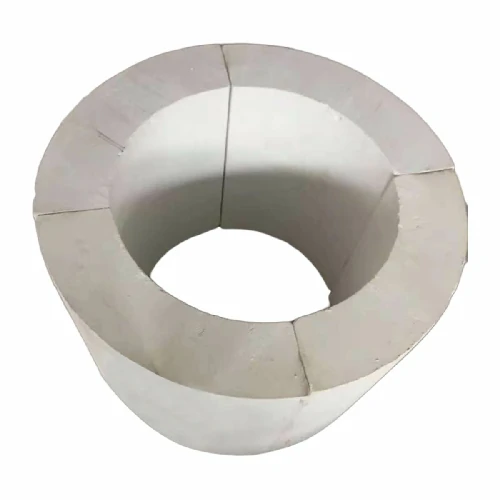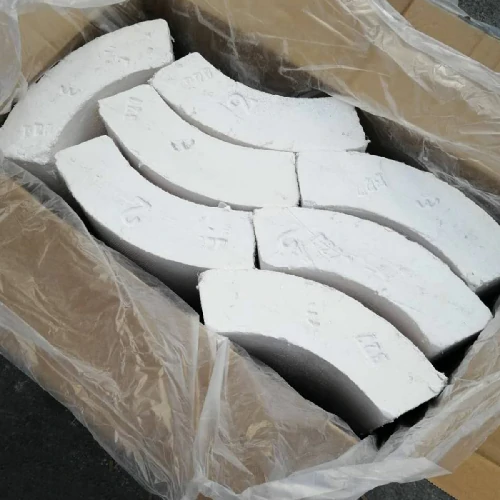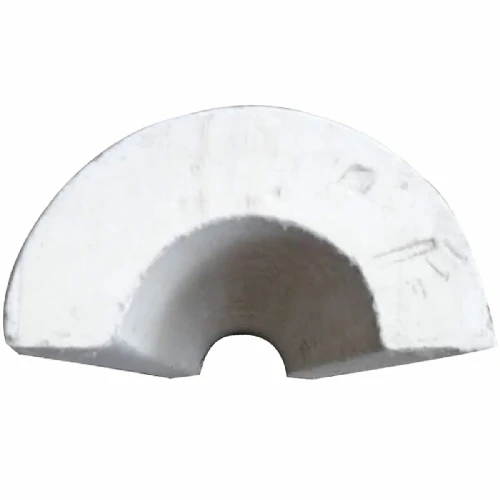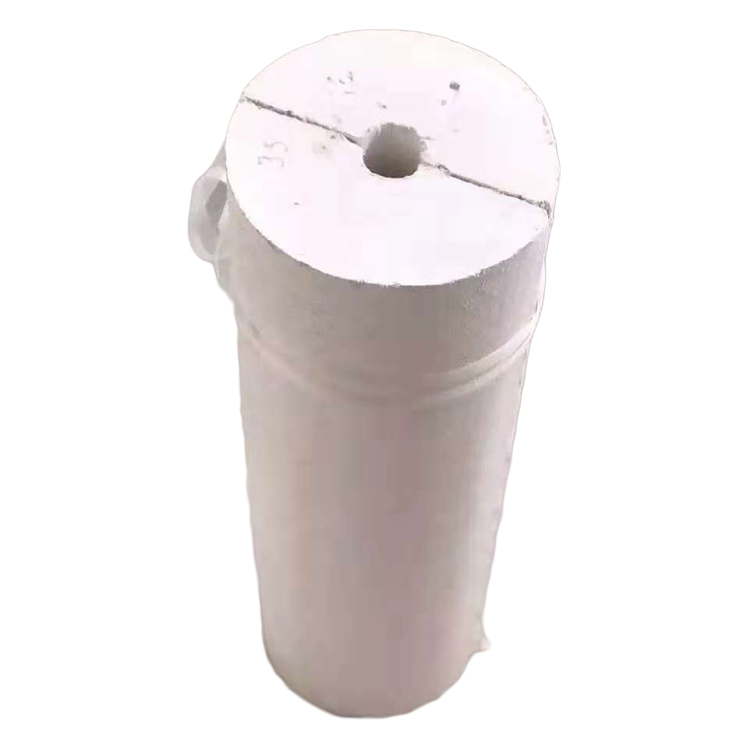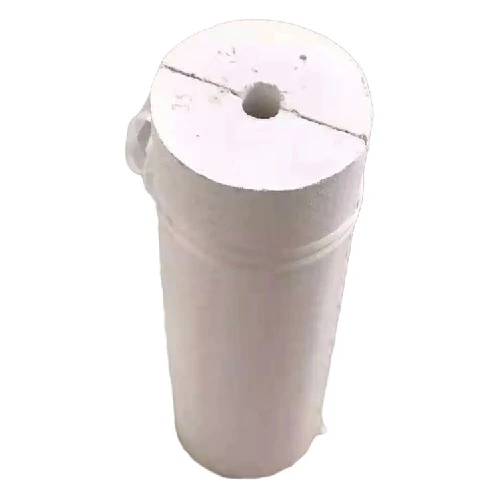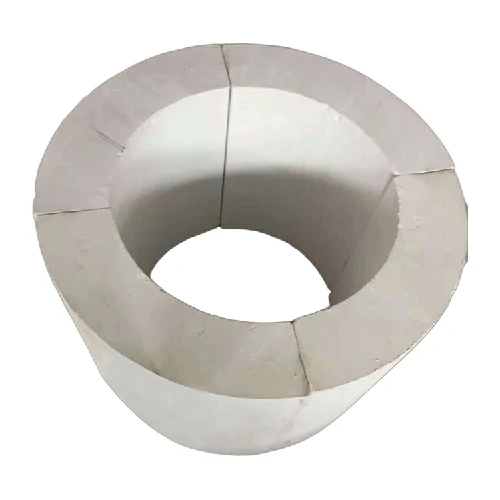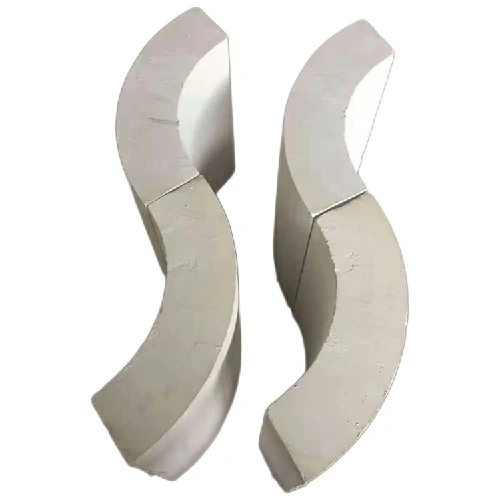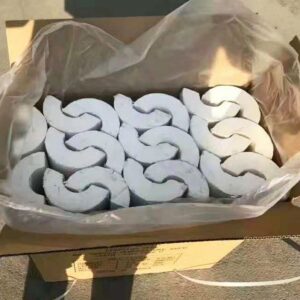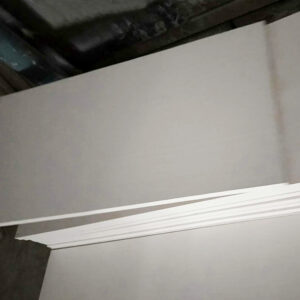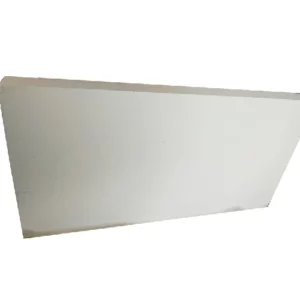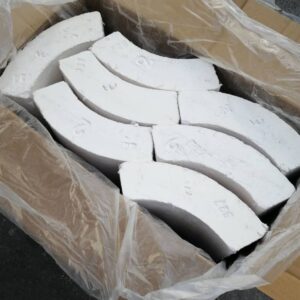PRODUCT
Asbestos Free Calcium Silicate Pipe 40mm-100mm
1. Electrical equipment heat insulation
2. Metallurgical equipment heat insulation
3. Glass furnace equipment heat insulation
4. All kinds of furnace body heat insulation
5. Cement kiln heat insulation
6. Shipyard cabin heat insulation
7. Petrochemical industry heat insulation
Product Description
The primary components of calcium silicate pipe are SiO2, CaO, and reinforcing fiber. The stirring, heating, gelling, forming, pipe hardening and drying process is utilized to make the products. This material is suitable for use in construction due to its light bulk weight, low thermal conductivity, and high bending and compressive strength. Thermal insulation for building partition walls, curtain walls, roofs, and building envelopes, as well as petroleum and electric power.
Products Applications
- Electrical equipment heat insulation
- Metallurgical equipment heat insulation
- Glass furnace equipment heat insulation
- All kinds of furnace body heat insulation
- Insulation for cabin heating in a shipyard
- Cement kiln heat insulation
- Heat insulation for the petrochemical industry
Parameter
Features
- The utilization of these backing insulation materials is clearly effective for conserving energy due to their ability to accumulate less heat and provide increased heat protection.
- The boards maintain good durability even after prolonged use as they don’t shrink, deform or produce powder and their insulation performance remains constant.
- Woodworking tools that are commonly used can be utilized to cut it into any desired shape with ease, and it can be combined with other materials by simply gluing and molding it.
- The calcium silicate tube possesses the highest rate strength among thermo inorganic materials, enabling significant reduction in the overall weight of kilns and stoves during the design phase.
- Environmental protection involves producing products that are free from corrosives and toxicity. These products should not emit exhaust gases or emit peculiar smells, especially under high temperatures. Additionally, they should not cause any harm or pollution to both the environment and human body. Such products can be classified as environmentally friendly.
Picture
